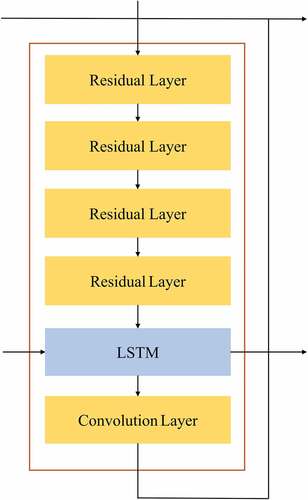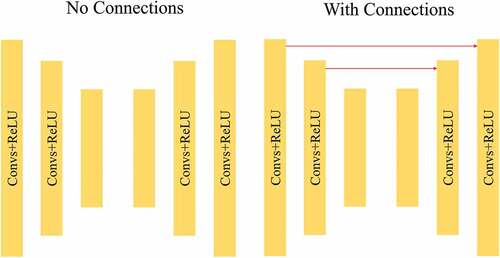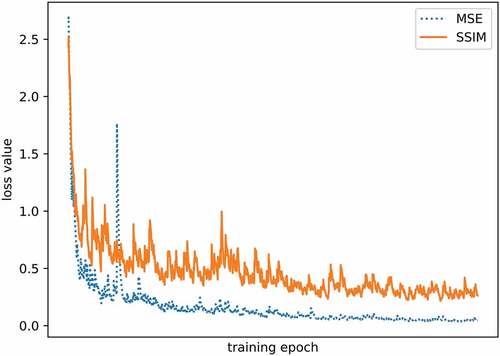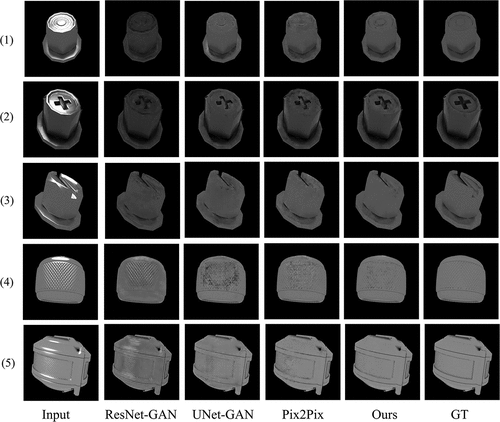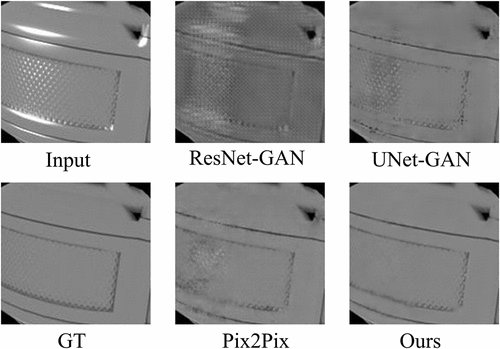Figures & data
Figure 1. Demonstration of images in specular highlight removal. Top: highlight images, bottom: diffuse images. We need to restore the diffuse image from the highlight image.
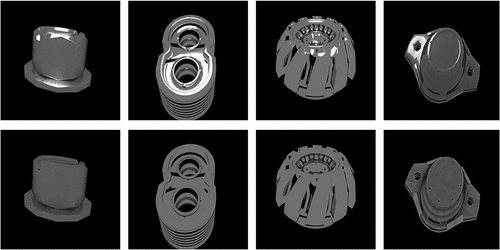
Figure 2. The image-to-image translation in specular highlight removal. The left is the highlight domain, and the right is the diffuse domain.
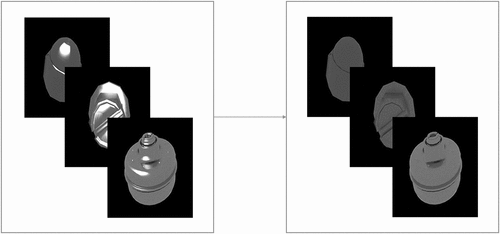
Figure 3. The overall structure of our network. The generator consists of an attention module and autoencoder with skip connections. The discriminator is formed by a series of convolution layers.
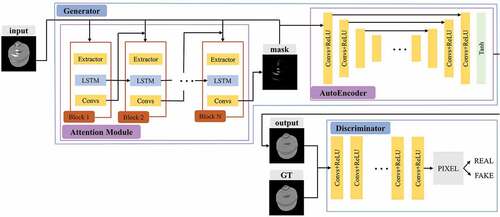
Figure 4. Sample of highlight intensity mask. From left to right are highlight image, highlight intensity mask, and diffuse image which is ground truth.
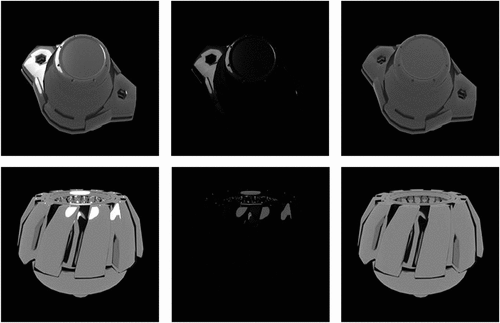
Figure 7. The structure of the pixel discriminator. Conv2D (a, b) means the input channel of the convolution layer is a, and the output channel is b.
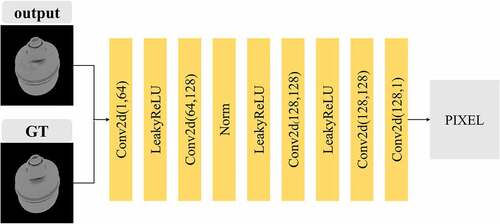
Figure 8. Samples from highlight dataset with 5 different view angles. The top row is highlight images, and the bottom row is diffuse images.

Figure 10. Visualization of the highlight intensity mask generated by our attention module at different training steps.
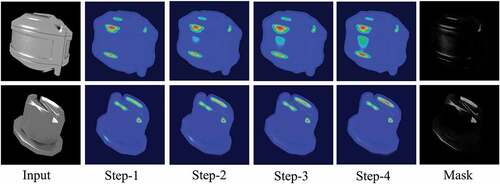
Table 1. The quantitative evaluation result of all test images
Table 2. The quantitative evaluation result of cases study

